Motor vehicle accidents can unfold in an instant — whether from a sudden distraction, a reckless driver, or poor road conditions. Understanding both the type of collision and the circumstances that caused it can provide important clarity in the aftermath of an accident.
From rear-end crashes to distracted driving, this section outlines the many ways accidents happen and the underlying factors that often lead to them. It's a helpful starting point for anyone looking to better understand what may have gone wrong and what comes next.
Explore Accident Types & Causes
Even minor accidents can result in painful, lingering injuries that affect your daily life. From soft tissue damage to whiplash and spinal pain, understanding the nature of your injury is often the first step in knowing what to expect — both physically and legally.
This section outlines the most common injuries people face after a crash, with information to help you recognize symptoms, understand recovery options, and know when to seek medical and legal help.
Explore Common Accident Injuries
The legal process following a car accident can feel overwhelming, especially when you're focused on recovery. From filing a claim to negotiating a settlement or taking a case to trial, it's helpful to understand each step — and how an attorney can guide you through it.
This section walks through the stages of a typical personal injury case, offering insight into timelines, legal rights, and what to expect when pursuing compensation after a crash.
After an accident, many people are unsure of what they’re truly entitled to — or how to deal with insurance companies that don’t always have their best interests in mind. Understanding your right to pursue fair compensation can be the difference between moving forward and falling behind.
Whether it’s recovering for medical bills, lost wages, or pain and suffering, knowing how the claims process works — and what to watch out for — can help you make informed decisions and avoid being taken advantage of.
Learn About Claims & Compensation
Many crashes are preventable — and understanding how they happen is one of the most effective ways to avoid them. From distracted driving to unsafe road conditions, knowing the risks can help you stay one step ahead and make safer decisions behind the wheel.
Taking small precautions today can protect you from life-altering consequences tomorrow. A deeper look at common causes and safety habits can make all the difference.
Explore Accident Prevention Tips
Understanding how traffic laws, liability standards, and state regulations work can be a key part of protecting your rights after an accident. Whether you're in Massachusetts or New Hampshire, these legal details often play a major role in determining what you're owed — and whether a claim is successful.
Taking time to understand the basics can offer peace of mind and help you navigate your case with more confidence.
Learn More About Accident Laws & Regulations
The strength of your case starts with the team you choose — and the strategy behind it. A thoughtful evaluation of the facts, evidence, and legal options can shape the outcome long before anything goes to court.
Working with the right attorney means more than just having someone on your side. It means having someone who understands your goals, knows how to navigate the legal system, and is prepared to advocate for what you deserve every step of the way.

